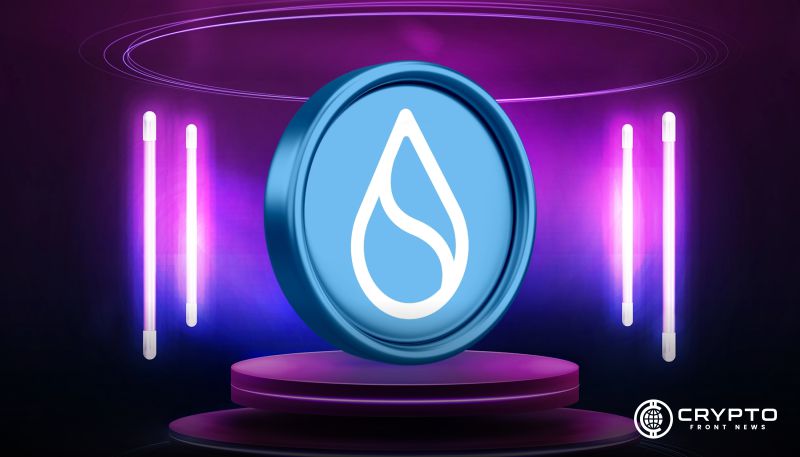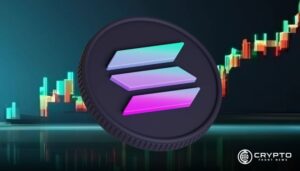- Sui’s sub-300ms finality and 300K TPS claims are drawing comparisons to Solana’s performance.
- Institutions are expanding exposure through vehicles like SuiG and stablecoin liquidity channels.
- Trading firms view Sui’s AI-ready architecture and programmable liquidity as a 2025 growth driver.
A growing number of institutional investors is positioning Sui as a potential successor to Solana in the race for high-performance blockchain dominance. During a recent discussion hosted by Ran Neuner, industry voices contrasted the two networks, citing differences in scalability, architecture, and long-term use cases.
Institutions Back Technical Edge and Architecture
Neuner highlighted rising interest in Sui, pointing to claims of sub-300 millisecond finality and throughput exceeding 300,000 transactions per second under stress tests. These figures have triggered comparisons with Solana, which has held a leading role in high-speed execution since 2021.
Stephen, CIO of Sui Investment Company and co-founder of Caratage, said their firm is escalating exposure through a NASDAQ-listed treasury vehicle. He pointed to Sui’s technical roots and team, led by former Meta developers behind Facebook’s Diem project. The Move programming language, originally built at Meta, has been adapted for Sui and underpins its framework.
Unlike account-based chains such as Ethereum and Solana, Sui uses an object-oriented data model. Stephen said it enables scalable parallelization, autonomous agent interaction, and modular execution suited for AI-driven economies rather than legacy DeFi formats.
Liquidity Strategy and Ecosystem Buildout
Institutional strategy around Sui is extending beyond token exposure. Stephen’s team is building SuiG, a regulated digital asset bank designed to channel traditional finance liquidity. The platform launched stablecoin pairs like SUI-USDE and USDI through an Athena partnership and redirects most stablecoin revenue into liquidity efforts and SUI buybacks.
He compared Solana’s culture-led expansion to Sui’s infrastructure-first approach. Solana, he noted, took four years to gain breakout traction through projects like Pump.Fun. Sui developers, in contrast, have already laid out core ecosystem layers including decentralized storage, privacy rails, consensus refinement, and liquidity tooling.
Trading Firms and 2025 Outlook
High-frequency trading firms are also exploring entry into Sui’s ecosystem, citing its execution speed and programmable liquidity as key advantages. Stephen said the network could attract financial products that move beyond decentralized exchanges and NFT speculation.
Both Neuner and Stephen pointed to 2025 as a decisive period for platforms aligned with AI, finance, and institutional adoption. While Solana continues to expand its uptime and ecosystem reach, Sui is emerging as one of its first serious challengers in both architecture and capital strategy.




